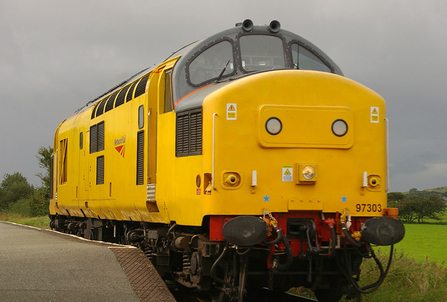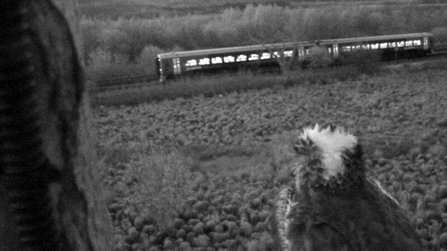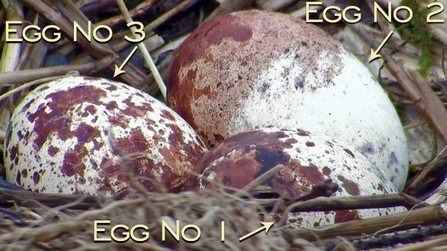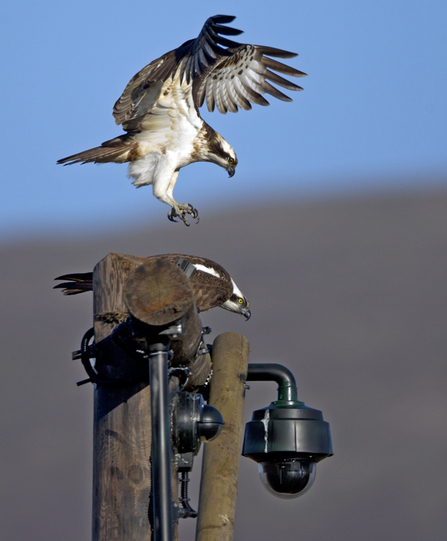Those of you that have been following the blogs over the winter/spring will know about the generous donation given to the Montgomeryshire Wildlife Trust by Network Rail. Half a mile of armoured fibre-optic cable pulled off a 2½ tonne drum by over 100 volunteers, then fed under the railway track and finally terminated both ends by the Network Rail experts. (Information about The Big Pull here and here).
Over the last 12 months, those of us with a wildlife background have learnt quite a bit about trains and how the railway network works. Similarly, those folks with a train and railway background have learnt a bit about wildlife. Isn't it strange that these two seemingly very different fields of interest have come together like this?
Have a look at this short video. It has three clips - two Arriva Wales trains passing the Dyfi osprey nest and a yellow train. (Select 1080P for best clarity)




